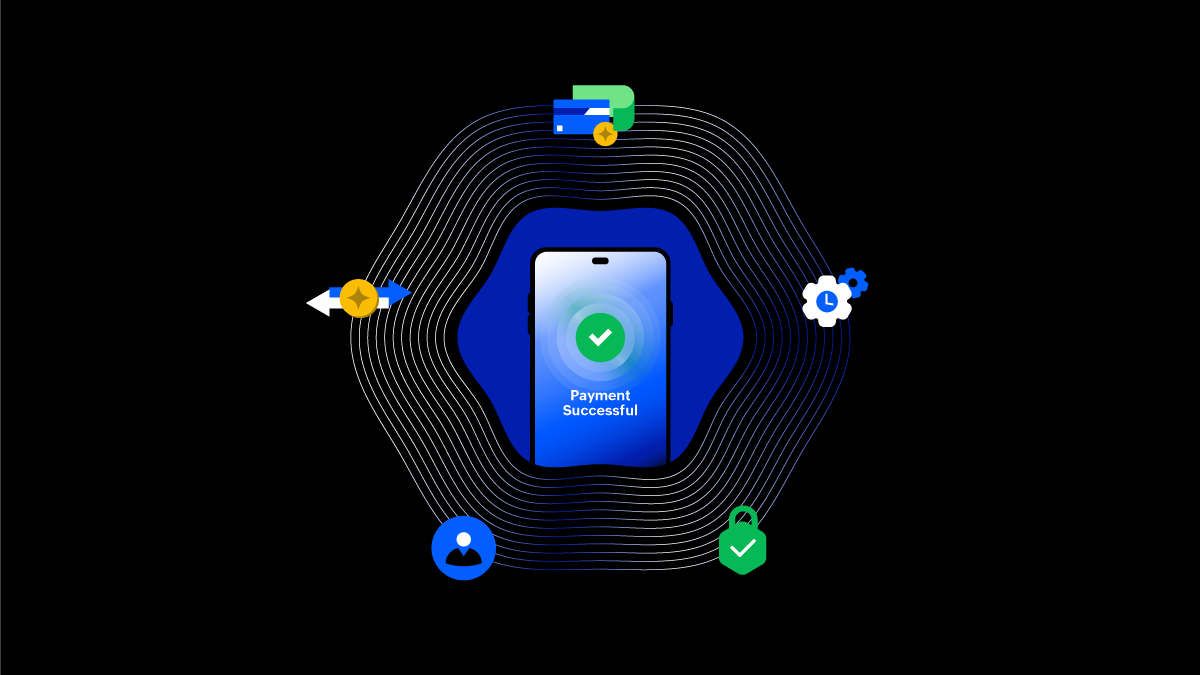- HOME
- Payment basics
- Payment acceptance beyond methods
Payment acceptance beyond methods
By Chandramouli
With the internet and rise in mobile devices, new ways of accepting payments have emerged, providing customers and businesses with a wide range of options. With digital wallets, contactless payments, and cryptocurrencies, the payment acceptance ecosystem has become a complex and integral part of the interconnected business world.

Payment acceptance beyond methods
Online payment acceptance methods
Before delving into aspects beyond payments, here’s a quick overview of popular payment acceptance methods businesses use.
Credit and debit cards: These are essential for payment acceptance, offering ease of use and widespread acceptance. Businesses enjoy faster transactions and increased sales, as customers are not restricted by the cash they have on hand or their bank balance.
Bank transfers and ACH payments: Popular in B2B transactions, these methods involve direct transfers between bank accounts. They are secure and often come with lower fees compared to card payments.
Digital wallets: Services like Apple Pay, Google Wallet, and Samsung Pay enable consumers to make payments using their smartphones. These wallets store card information securely, allowing for quick and contactless transactions.
Mobile payment apps: Apps such as PayPal, Venmo, and Cash App offer a convenient way to transfer money and make payments. These platforms often include additional features like peer-to-peer transfers, bill splitting, and international transactions.
Cryptocurrencies: Though not yet mainstream, cryptocurrencies like Bitcoin and Ethereum offer an alternative payment method. They provide benefits such as lower transaction fees and the elimination of intermediaries, appealing to a niche but growing segment of tech-savvy consumers.
Payment gateways, processors, and aggregators such as Zoho Payments, Stripe, and the like support most of these payment methods.
Payment acceptance rate - The metric
Businesses look at payment acceptance as more than just a payment method but also as a metric that measures the ability of businesses to process and authorize payments successfully. It indicates the efficiency levels of the payment processes. This is also called the authorization rate, which is calculated like this:
% Payment acceptance = (No. of successful payments/No. of payment attempts) x 100
A lower payment acceptance percentage indicates that the business is losing potential revenue from customers trying to use their services or buy their products. Higher percentages are good for business, leading to higher adoption and renewals of the services or products.
Factors that influence online payment acceptance
It is imperative that businesses know the factors that influence the payment acceptance rates. Here are some of the key factors.
Diverse payment methods: Accommodating various customer preferences by providing a variety of payment options will help enhance the chances of successful transactions.
Transaction fees: Higher fees may deter businesses from accepting certain payment methods.
Processing time: Faster processing times can encourage the adoption of specific payment methods.
Enhanced payment security: Implementing encryption, tokenization, and adhering to Payment Card Industry Data Security Standard (PCI DSS) guidelines can reduce security risks and improve payment acceptance rates.
Robust payment infrastructure: The effectiveness and dependability of the payment infrastructure, such as payment gateways, point-of-sale (POS) systems, and online payment platforms, greatly influence acceptance rates. A robust and integrated payment system guarantees seamless and secure transaction processing.
Customer preferences: Taking customers' preferences into consideration plays a significant role in determining payment method options businesses should support.
Ease of use: User-friendly payment interfaces boost user experience, which in turn improves payment acceptance rates.
The future of payment acceptance
The payment acceptance landscape is continuously changing with technological advancements and evolving consumer patterns. Here are a few trends to watch.
Biometric payments: Utilizing fingerprints, facial recognition, or iris scans for payment authentication is on the rise, offering a higher level of security and convenience.
AI and machine learning: These technologies can enhance fraud detection, personalize customer experiences, and streamline payment processes.
Blockchain technology: Beyond cryptocurrencies, blockchain has the potential to revolutionize payment processing by providing transparent, secure, and efficient transaction mechanisms.
Global payment solutions: As ecommerce continues to grow, businesses must cater to international customers. This includes accepting various currencies and complying with global payment regulations.
Conclusion
Payment acceptance has evolved from merely providing different transaction methods to becoming a crucial metric that measures a business's efficiency in processing and authorizing payments. Various factors impact this metric, including transaction fees, processing times, robust security measures, and customer preferences. By comprehending and optimizing these aspects, businesses can greatly improve their payment acceptance rates, resulting in enhanced customer satisfaction and increased sales.
